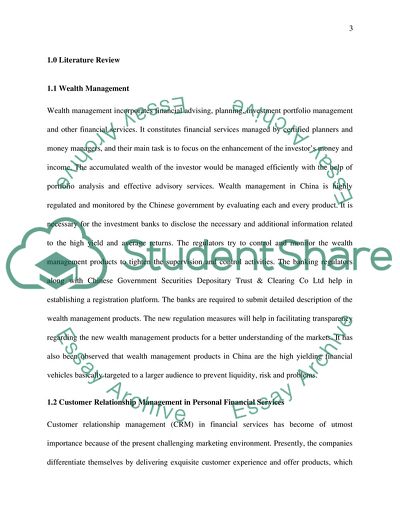Cite this document
(Literature Review of Personal financial services Essay, n.d.)
Literature Review of Personal financial services Essay. https://studentshare.org/finance-accounting/1803295-literature-review-of-personal-financial-services
Literature Review of Personal financial services Essay. https://studentshare.org/finance-accounting/1803295-literature-review-of-personal-financial-services
(Literature Review of Personal Financial Services Essay)
Literature Review of Personal Financial Services Essay. https://studentshare.org/finance-accounting/1803295-literature-review-of-personal-financial-services.
Literature Review of Personal Financial Services Essay. https://studentshare.org/finance-accounting/1803295-literature-review-of-personal-financial-services.
“Literature Review of Personal Financial Services Essay”. https://studentshare.org/finance-accounting/1803295-literature-review-of-personal-financial-services.


